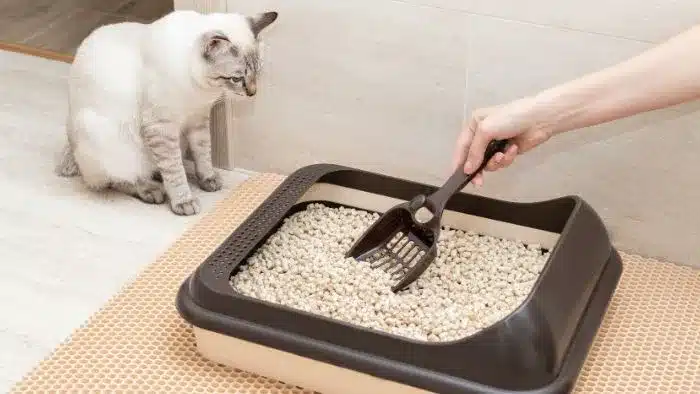How to Remove Cat Urine Smell at Home

Most cat owners have encountered the strong, unpleasant odor of cat urine on sofas, carpets, or around litter boxes. It affects your home and can embarrass guests. The scent is hard to remove because cat urine contains urea, uric acid, and ammonia. Uric acid sticks to fabric and gaps in the floor, and can reodorize when it’s humid.
1. Clean It Fast
Fresh urine is easiest to handle. Blot the area with paper towels—don’t rub. Then, spray a mixture of white vinegar and water (in a 1:1 ratio), wait 5–10 minutes, and wipe. For hard surfaces, a baking soda and water solution works well. Avoid ammonia cleaners—they may attract cats to pee again.
2. Deep Cleaning for Old Stains
Use enzyme cleaners for dried or soaked-in stains. They break down urine proteins and remove the smell at the source. Let it soak in and sit for a few hours. For fabrics, wash with hot water and pet odor remover. Sunlight or steam cleaners can help, too. Ensure everything dries thoroughly to prevent odors from returning.
3. Prevent Future Accidents
Clean litter boxes daily, change litter weekly, and place the box in a quiet spot. Use pet odor sprays on old pee spots to stop repeat marking. Open windows often or use an air purifier to keep the air fresh.
4. Handle Carefully
Delicate fabrics need gentle enzyme cleaners. For wood, use wood-safe cleaners and seal with beeswax. For electronics, unplug them first, then blot and wipe with a diluted alcohol solution.
Most cat owners have encountered the strong, unpleasant odor of cat urine on sofas, carpets, or around litter boxes. It affects your home and can embarrass guests. The scent is hard to remove because cat urine contains urea, uric acid, and ammonia. Uric acid sticks to fabric and gaps in the floor, and can reodorize when it’s humid.
1. Clean It Fast
Fresh urine is easiest to handle. Blot the area with paper towels—don’t rub. Then, spray a mixture of white vinegar and water (in a 1:1 ratio), wait 5–10 minutes, and wipe. For hard surfaces, a baking soda and water solution works well. Avoid ammonia cleaners—they may attract cats to pee again.
2. Deep Cleaning for Old Stains
Use enzyme cleaners for dried or soaked-in stains. They break down urine proteins and remove the smell at the source. Let it soak in and sit for a few hours. For fabrics, wash with hot water and pet odor remover. Sunlight or steam cleaners can help, too. Ensure everything dries thoroughly to prevent odors from returning.
3. Prevent Future Accidents
Clean litter boxes daily, change litter weekly, and place the box in a quiet spot. Use pet odor sprays on old pee spots to stop repeat marking. Open windows often or use an air purifier to keep the air fresh.
4. Handle Carefully
Delicate fabrics need gentle enzyme cleaners. For wood, use wood-safe cleaners and seal with beeswax. For electronics, unplug them first, then blot and wipe with a diluted alcohol solution.
